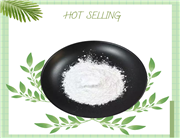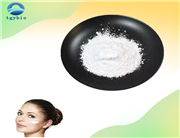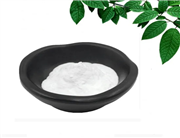

| Product name: | lidocaine hydrochloride |
| CAS: | 73-78-9 |
| Molecular formula: | C14H23CIN2O |
| Molecular weight: | 270.79800 |
| Precise quality: | 270.15000 |
| PSA: | 32.34000 |
| LOGP: | 3.45870 |
| Appearance: | White crystal powder |
| Boiling point: | 350.8ºC at 760mm Hg |
| Melting point: | 80-82ºC |
| Flash point: | 166ºC |
Lidocaine is a local anesthetic and antiarrhythmic drug. It is a derivative of but does not have the hallucinogenic and addictive components of.The hydrochloride of lidocaine is a white crystalline powder, easily soluble in water, and its toxicity is comparable to that of procaine, but the local anesthetic effect is strong and lasting, and it has good surface penetration. It can be injected or used for surface anesthesia.Lidocaine is a very good local anesthetic, which usually takes effect one to three minutes after application and lasts one to three hours.
It is used to treat oral ulcers.It's not used very often as a cardiac arrhythmic drug because of concerns about long-term side effects.A few people are allergic to lidocaine.It was used in 1963 for the treatment of arrhythmia. It is the drug of choice for the prevention and treatment of acute myocardial infarction and various heart diseases complicated by rapid ventricular arrhythmia. It is the drug of choice for ventricular premature beats of acute myocardial infarction, ventricular tachycardia and ventricular tremor.It is suitable for acute ventricular arrhythmias caused by acute myocardial infarction, surgery, digitalis poisoning and cardiac catheterization, including premature ventricular beats, ventricular tachycardia and ventricular fibrillation.Second, it is also used for the status of epilepsy with other anticonvulsants and local or intra-vertebral anesthesia.It can also relieve tinnitus.


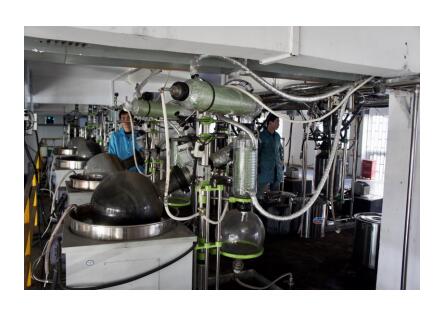


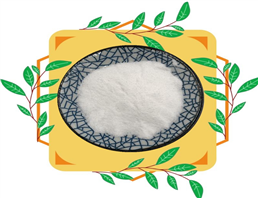
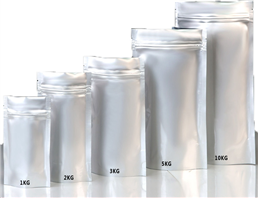
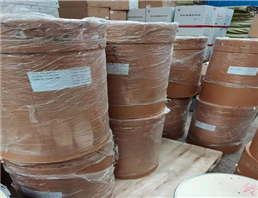
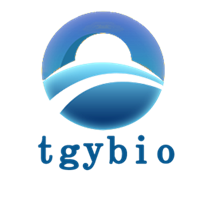
 China
China



